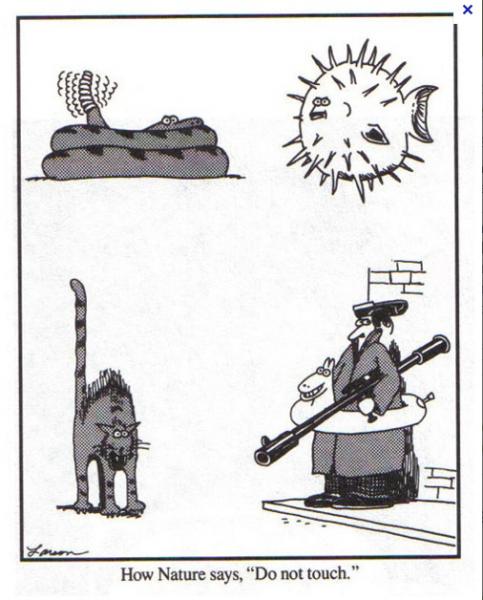
During the Watergate Hearings in August 1974, the pro-Nixon Representative from Indiana, Earl Landgrebe (in)famously retorted "Don't confuse me with the facts, my mind's made up." He went on to say "I'm going to stick with my President even if he and I have to be taken out of this building and shot." The next day Nixon resigned...and a few months later Landgrebewas voted out of office. Beats a lynching or a firing squad I suppose. (Apologies for the lack of apostrophes in the title - the Drupal system didn't 'like' them so much)

As an avalanche forecaster, I've always felt more comfortable unilaterally issuing an Avalanche Warning or a High/Extreme danger. A Low danger? Not so much...which led to a few phone calls amongst the forecast staff last night.
Honestly, I was game for a LOW hazard. Here's why -
Absent any sun or wind...most of the storm and wind slabs would have settled out and the loose snow avalanches would be garden variety at best. Last Thursday/Friday's warm up put the lock down on the old Jan or Feb persistent slabs with - as Chris Cawley wrote - "the nuclear melt freeze crust" bridging and capping (much of) the fairly well healed mid pack faceted snow. People were skiing everything in sight. So...LOW danger, right? Then Trent Meisenheimer called, reporting a wind slab that likely pulled into old snow high on Kessler Peak from the day, overrunning the skin track and leaving a decent debris pile. See his photo below. In the end, he wasn't able to verify the structure; still, facets were not ruled out based upon location (a high, cold thin rocky spot) and depth of crown (up to 3' deep after 'stepping down').
 Which brings us back to Earl Landgrebe. His is a cautionary tale if we look at his rigid inflexibility in the face of facts on the ground. I was all set to give it the green light and didn't want to hear about some rogue avalanche on Kessler Peak. How does this apply to avalanche accidents? Time and time again, when conducting avalanche accident investigations, I often find that all the signs were there that pointed toward a dangerous situation. Interviews with lucky survivors or others in the party have noted that, "Yeah, we walked past or triggered a few slides along the way before jumping into this one" (where the accident took place).
Which brings us back to Earl Landgrebe. His is a cautionary tale if we look at his rigid inflexibility in the face of facts on the ground. I was all set to give it the green light and didn't want to hear about some rogue avalanche on Kessler Peak. How does this apply to avalanche accidents? Time and time again, when conducting avalanche accident investigations, I often find that all the signs were there that pointed toward a dangerous situation. Interviews with lucky survivors or others in the party have noted that, "Yeah, we walked past or triggered a few slides along the way before jumping into this one" (where the accident took place).
I gave a talk in Jackson this last December in front of - what, there were probably 700 folks there...the title was vaguely billed as "Skiing and Riding in the 21st Century" but I really talked about Freedom and Responsibility as it applies to the backcountry. (After all, what high end Teton skier/rider would show up for a virtual philosophical showdown between Edward Abbey and the 17th century political philosopher Thomas Hobbes?) I had a number of great conversations with people prior to the talk, and in one of these, Ian McCammon reminded me that, "The subconscious mind does not know death." In other words, we're the hero in our own action movie - and we're not dead yet. It's never happened before - why should it happen now? This is why - of course - the avalanche is a product of weather, terrain, and snow...but the avalanche accident stems from our decisions. Mind the facts. Make up your mind. Be willing to change it.

Drew Hardesty
Forecaster, Utah Avalanche Center
comments welcome at [email protected]
Comments:
Great post, something I think about a lot. Many times I find myself in a pit with this funny internal dialogue hoping I don't find any facts that interfere with the decision I have already half made (i.e., that is good to go). Gets back to desire. Now if those winds will die down, they are interfering with the decision I "want" to make tomorrow, that the coalpit headwall is good to go.






